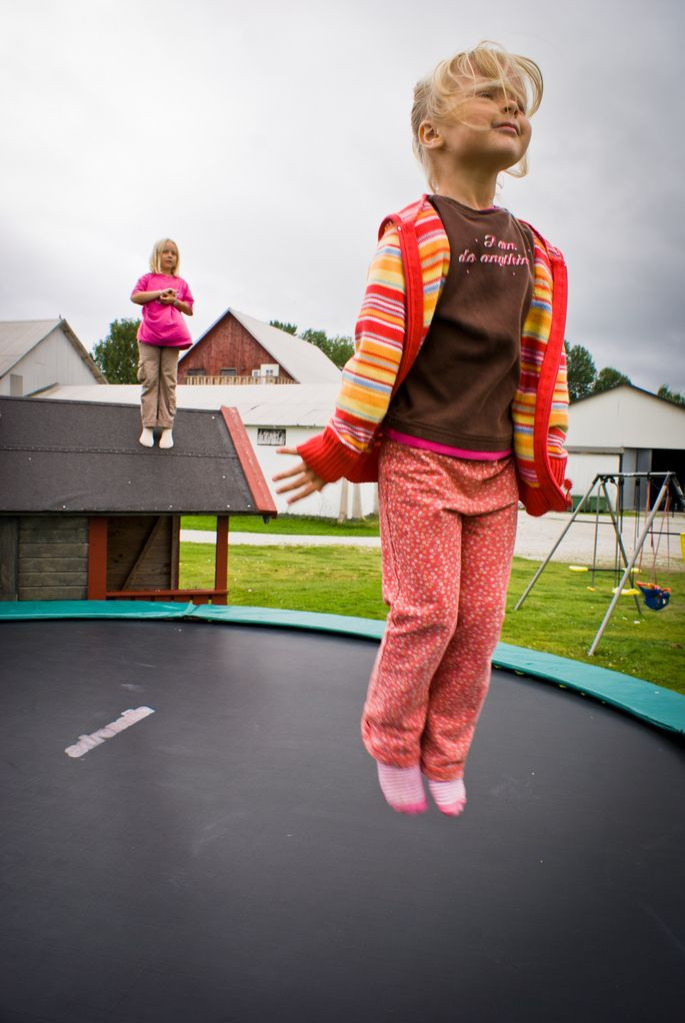Trampolines Are Not for Kids, Experts Warn

The American Academy of Pediatrics (AAP) said in a policy statement that it "strongly discouraged" children from using trampolines.
In 2009, there were an estimated 98,000 injuries related to trampoline use in the U.S., says the US Consumer Product Safety Commission's National Electronic Injury Surveillance System (NEISS). About 3,100 people were hospitalized due to trampoline injuries in that year.
Children younger than 6-years-old accounted for 22 percent to 37 percent of trampoline related injuries, the AAP said. Most injuries occur when many people are using the trampoline at the same time, especially if the people have a higher weight difference. "Although most trampoline injuries are sprains, strains, contusions, or other soft tissue injury, younger children seem to be more prone to bony injury," the authors wrote.
Flips, falls and somersaults were the most common risk factors for cervical spine and head injury and most of the injuries occurred in the presence of a supervising adult, the statement said.
Safety equipment
According to Mark Publicover, CEO of San Jose, California-based JumpSport, 85 percent of 900,000 consumer trampolines are purchased with a safety net, USA Today reports. "The dramatic drop in the number of injuries is the result of safety enclosures. It's had the same effect for trampolines that bicycle helmets have had for bike safety," said Publicover, USA Today reports.
The new AAP policy statement, however, says that the current data don't support the claim that safety equipment like nettings have decreased the risk of injury related to trampoline.
"This is something kids really like. It's fun and it's something you can do in your backyard. It doesn't have a motor attached. And all of that give parents a false sense of security, especially when you add in safety devices like nets. But this statement is highlighting the fact that there are no data showing that they make it any safer," said Dr. Barbara A. Gaines, director of the trauma and injury prevention at the Children's Hospital of Pittsburgh of the University of Pittsburgh Medical Center, according to NBC News.
Recommendations from the AAP include:
- Pediatricians must advice against use of trampolines
- Parents must ensure that only a single person is using the trampoline at a time.
- Trampolines must be set at ground, even level and the equipment must have padding and nets attached to it to prevent falls.
- Somersaults and flips are not recommended on trampolines that are used at home.
The AAP says that the trampoline was designed as a piece of training equipment for specific sports and so is not recommended for people who haven't had appropriate coaching.
Published by Medicaldaily.com



























